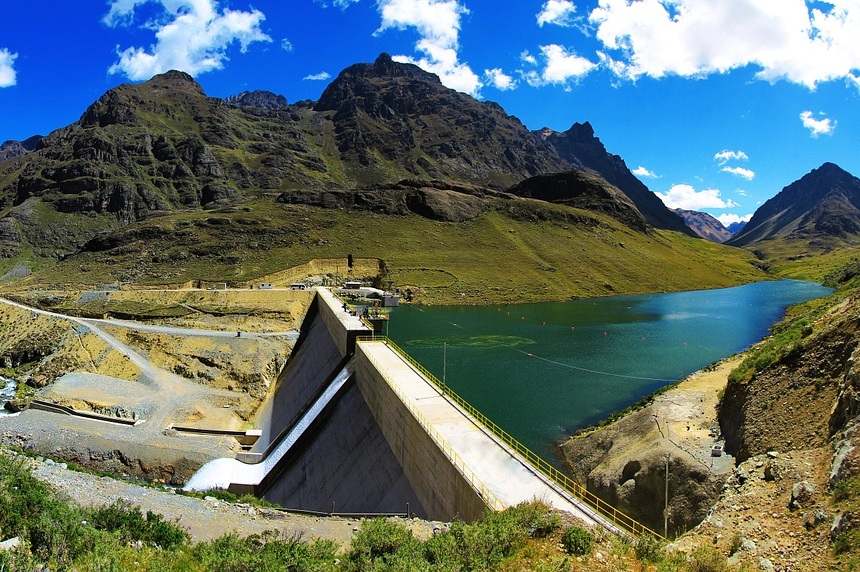
Blue-green infrastructure incorporates natural systems and materials with traditional engineering. The Wetlands International article explains:
“If we merge the dynamic and adaptable properties of natural areas (wetlands) with the semi-natural (linear parks with roads) that are interconnected (with drainage systems and green roof corridors), we end up with Blue-Green Infrastructure. “
The article mentions the ‘Amunas’, or water channels that Peruvians built to capture water from rivers and streams. The channels were then built along the mountain slopes using local and natural materials like rocks, earth, clay, and sand.
The water channels also capture and store rain and provide needed irrigation, especially in dry seasons, to the people living along the mountains and highlands. Amunas cost less to build because of the abundance of natural materials around them, and communities can maintain them.
Peruvians also find much value in and benefit from restoring their ‘bofedales’ or wetlands. These high Andean wetlands contain peat.
Covered with vegetation, they act as a high-level sponge that filters and purifies water, which in turn provides food and water to their livestock. However, these wetlands have volatile ecosystems and are vulnerable to human activities like overgrazing, mining, and peat extraction.
Climate change will be mostly felt through water, either its excess or scarcity. For many regions with dry climates and water problems, efficient water management is the key to their resilience to climate change.
Merging nature-based solutions with built infrastructures is one way to adapt and reduce climate risks, the article says.
Citing river management as an example, the article explains that avoiding building infrastructure alongside it can prevent flooding while giving ample space for rivers to overflow and expand during heavy rainfall.
This will allow water to flow safely, reducing its velocity, which can prevent erosion and avoid damage to the community and assets caused by flooding. The space alongside the river during seasons with low and medium flow can be used for recreation and other purposes.
In highly urban areas with many buildings, creating green roofs and planting vegetation will help retain water and even purify it, regulate heat and evaporation, and encourage ecosystems to flourish.
The article advises that implementing blue-green infrastructure management to adapt to climate change has many benefits. It is low-cost and provides almost instant results.
CLICK on the link below to read the full article:
PHOTO CREDIT: Image by tuproyecto from Pixabay


Leave a Reply